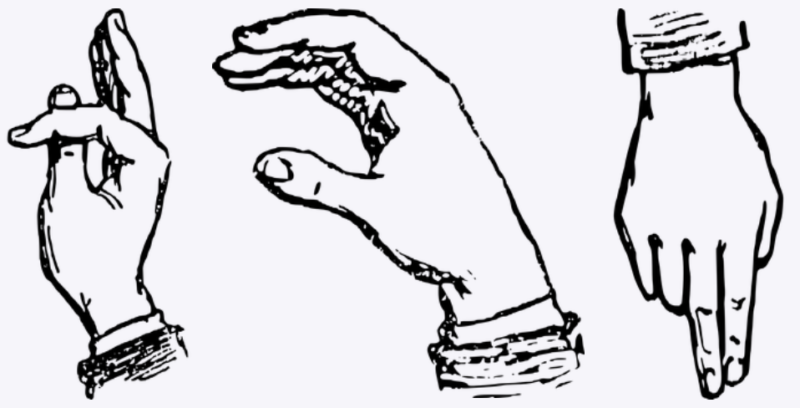September is Deaf Awareness Month and the NC Department of Health and Human Services (NCDHHS) is using the month, quite appropriately, to inform citizens how they can communicate better with the deaf while wearing masks.
This year there’s also an added emphasis on the issue because 2021 is the 70th anniversary of the first congress of the World Federation of the Deaf, which was held in September of 1951.
In the pandemic, when many people are wearing masks much of the time, communication is more difficult for those who can hear well – and it’s even harder on those who are deaf. When masks are worn, the hard of hearing lose the ability to read lips or discern emotion from facial cues.
According to the latest state stats, there are 1.2 million people in North Carolina who are deaf or hard of hearing, and, that number is projected to increase to 1.6 million by 2030. The 1.2 million includes those people born completely deaf as well as those who experience a range of hearing loss and therefore must use hearing aids or other hearing-related assistive devices.
A Tuesday, Sept. 7 press release from the NCDHHS states: “The COVID-19 pandemic has impacted communications in the Deaf community, aggravating the barriers to communication equity. With masks needing to be worn to slow the spread of COVID-19 in many settings, especially in health care, it became harder for the Deaf and Hard of Hearing community to communicate through the use of lip reading or facial expressions when communicating through American Sign Language.”
State officials are encouraging “creative solutions” such as wearing clear masks, learning sign language, learning to use speech-to-text apps and other modern technological aids.
Jan Withers, the director of the Division of Services for the Deaf and Hard of Hearing at NCDHHS, stated that those with good hearing can help bridge the communication gap.
“Becoming an ally for the Deaf community by learning how to effectively communicate with Deaf people and learning more about the resources available helps promote accessibility and communication equity for the Deaf community,” Withers stated.
State officials want to practice what they are preaching. For instance, they often use sign language interpreters and captions during press conferences – especially during times of emergency. There are other state efforts as well to make sure that those with hearing issues are just as prepared as everyone else for emergencies.
Those with hearing difficulties can also make use of a host of state resources. The Division of Services for the Deaf and Hard of Hearing and its seven regional centers across North Carolina provides services such as “advocacy for communication access, consultation, capacity building education, Deaf culture and American Sign Language awareness.”


Anyone else remember the sign language interpreter behind Obama at Nelson Mandela’s funeral? Don’t be that guy, the deaf folks deserve better.
Not only is your graphic for this wonderfully inept piece of reporting both backwards and upside down, but it also spells FCK. All that’s missing is U.
There is exemption for deaf and hard of hearing from mask wearing. Exemptions are spelled out in the State Executive order Under heading “Exceptions”. It is repeated in the Guilford Co. Mandate of Aug. 10, 2021
You need to talk to my wife about “deaf awareness”. I have selective hearing.
So do most politicians